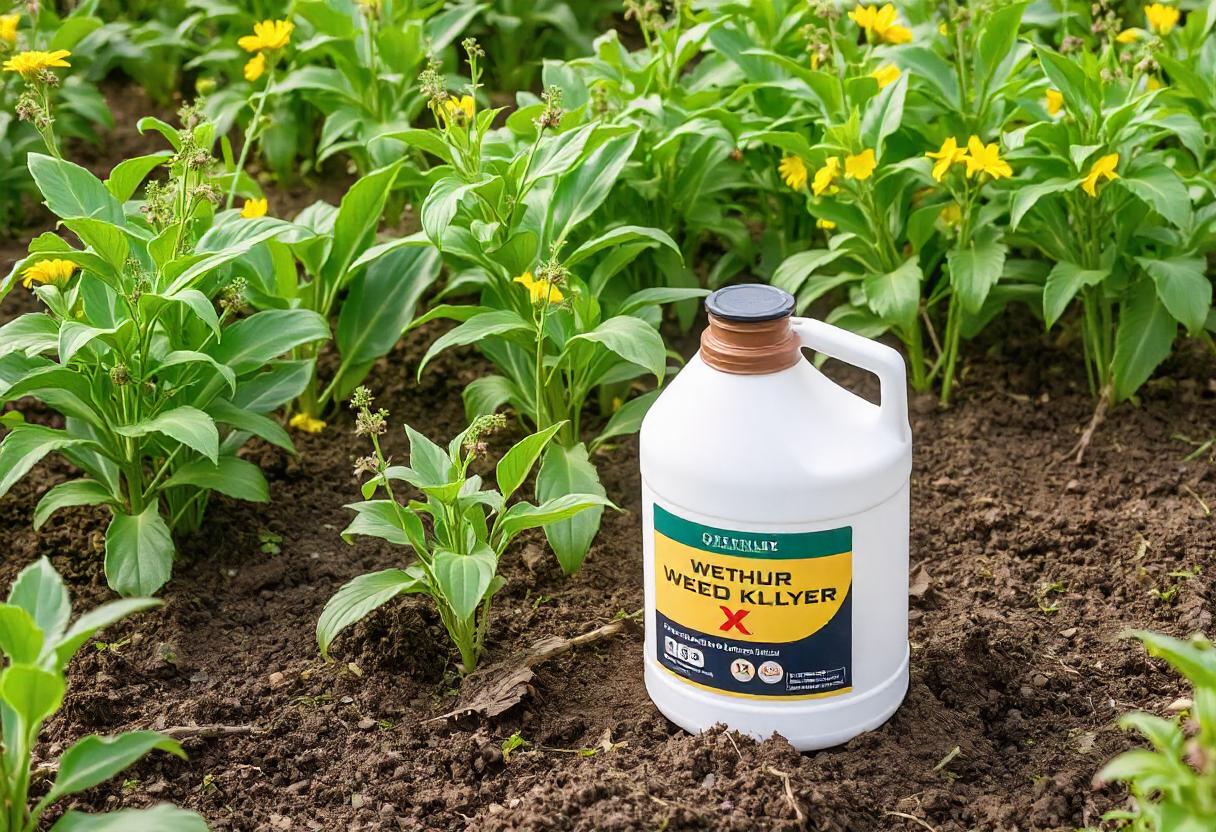
Weed killers, also known as herbicides, play a crucial role in modern agriculture by controlling unwanted plants that compete with crops for nutrients, water, and sunlight. These chemicals are essential for increasing agricultural productivity and ensuring healthy crop growth. There are various types of weed killers available, each designed for specific types of weeds and crops.
Types of Weed Killers
There are two main types of agricultural weed killers: selective and non-selective herbicides.
- Selective herbicides are designed to target specific types of weeds without affecting the crops. They are often used in fields where certain broadleaf or grassy weeds are common.
- Non-selective herbicides kill all plants they come into contact with, making them useful for clearing areas before planting or for managing invasive species.
Mode of Action
Weed killers work through different mechanisms depending on their chemical composition. Some target the plant’s photosynthesis process, while others interfere with root development or enzyme production. The mode of action is critical in determining how fast and effectively the weed killer works.
- Systemic herbicides are absorbed by the plant and spread throughout its tissues, killing the plant from the inside out.
- Contact herbicides kill only the parts of the plant they touch, making them effective for quick, temporary control.
Pre-emergent vs. Post-emergent Weed Killers
Weed killers can be classified into pre-emergent and post-emergent categories based on when they are applied in relation to the weed’s growth cycle.
- Pre-emergent herbicides are applied to the soil before the weeds germinate. They form a chemical barrier that prevents seeds from sprouting.
- Post-emergent herbicides are applied after the weeds have already emerged from the soil. They work by targeting visible weeds and are commonly used during the growing season.
Environmental Impact
While weed killers are essential for controlling invasive plants, their overuse can have negative environmental effects. Non-selective herbicides, in particular, may kill beneficial plants and reduce biodiversity. Additionally, runoff from treated fields can contaminate nearby water sources, affecting aquatic life and drinking water supplies. Sustainable use of weed killers involves following guidelines and regulations to minimize harm to the environment.
Resistance to Weed Killers
One of the major challenges in modern agriculture is the development of weed resistance to herbicides. Over time, weeds can evolve to withstand certain chemicals, making it difficult for farmers to control them using traditional methods. To combat resistance, farmers often rotate herbicides with different modes of action or combine mechanical and chemical weed control strategies.
Application Methods
Weed killers can be applied using various methods, depending on the scale of the operation and the type of weed being targeted.
- Spraying: The most common method, used for both selective and non-selective herbicides, where the chemical is sprayed onto crops and weeds.
- Granules: Herbicides in granular form are spread over the soil, where they are absorbed by the weeds as they grow.
- Injection: This method involves injecting the herbicide directly into the plant, which is often used for larger, harder-to-kill weeds.
Safety and Handling
Using herbicides requires careful handling to avoid health risks for humans and animals. Farmers are advised to wear protective gear, follow dosage instructions, and ensure that the chemicals do not come into contact with non-target plants or water sources.